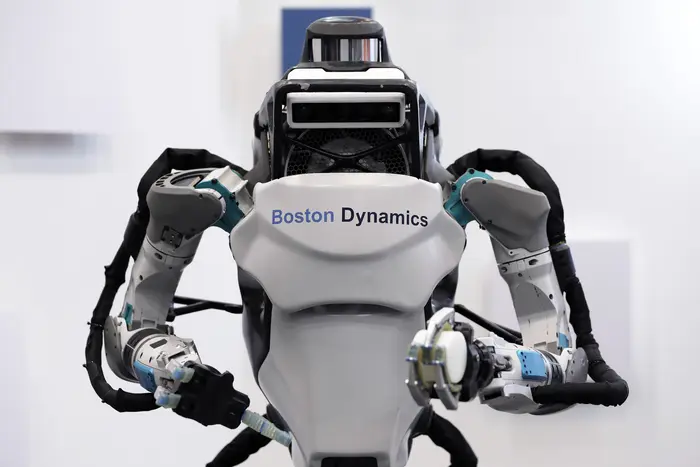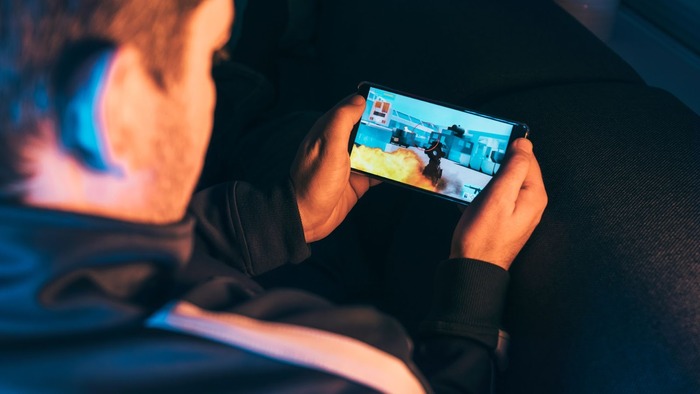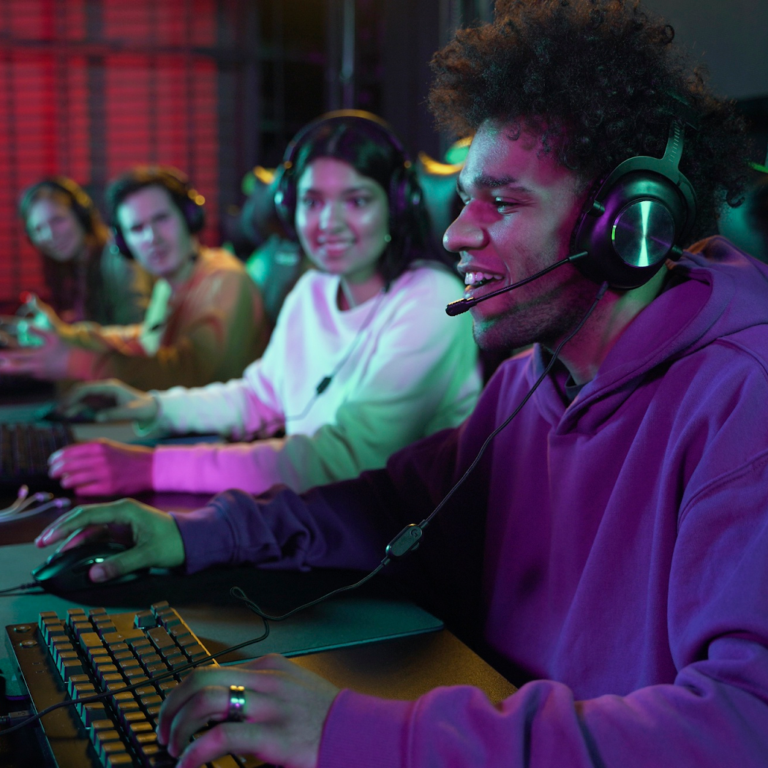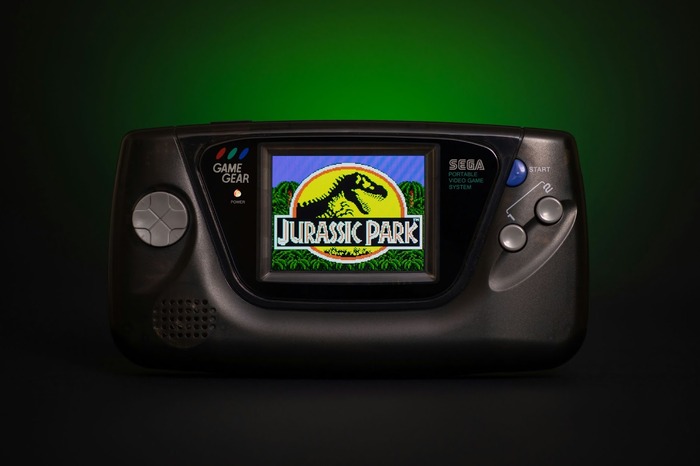Top Humanoid Robots in the World Today: A Comparative Review
Humanoid robots are designed to initiate human forms and behaviors. In this digital era coupled with the advancement of robotics technology and AI (artificial intelligence), they are rapidly evolving beyond their earlier days’ performance.
These robots serve different purposes, spending on why they are made. Their functionality ranges from assisting in healthcare and education to exploring space and advancing research on different inhabitable planets.
Hence, we will explore the top humanoid robots that exist today, focusing on their features, capabilities, and applications in the real world. Dig in!

Sophia
It is developed by Hanson Robotics which is based in Hong Kong. Sophia has been a global sensation since its emergence in 2016. This advanced bot is recognized as the first of its type to be granted citizenship — by the Saudi Arabian government.
Sophia came to be to enhance social interactions and AI research. Some of its real-world applications are as follows:
- Brand ambassadorship and marketing campaigns;
- Public speaking and panel discussions;
- Education and training in Artificial Intelligence and robotics.
Sophia identifies emotions and is capable of generating the appropriate responses. It is modeled after Audrey Hepburn, blending art and technology. Typical of an advanced product, Sophia learns from its interactions to improve in the long haul.
Ameca
Engineered Arts in the United Kingdom is the developer of this bot. It is identified as one of the most advanced humanoid robots in terms of facial expression. Ameca is designed to communicate seamlessly with humans.
This is possible thanks to the installation of Artificial Intelligence, which helps us understand and respond to emotions. This makes it perfectly functional for customer service and entertainment sectors like NV Casino, where people can play casino games, and education. Some of its applications in the real world include:
- Interactive exhibits in museums;
- Frontline customer service in retail;
- Human-robot interaction research.
Ameca’s hyper-realistic facial expressions make it stand out. This feature enables more engaging human-robot interactions. Furthermore, it can hold natural conversations since it has GPT-based AI. Likewise, its modular design allows easy upgrade and maintenance when necessary.
Atlas
This is one of the most advanced humanoid robots. It was designed by Boston Dynamics in the United States. The robot possesses dynamic movement and agility.
It is unlike Ameca and Sophia because this concentrates majorly on physical tasks instead of social interactions like others. This advanced bot is capable of performing in real life. Some of its applications are;
- Construction and warehouse automation;
- Disaster response and search-and-rescue missions;
- Advanced robotics research.
Atlas is capable of running, jumping, and performing backflips. It uses LIDAR and cameras to navigate complex and dangerous terrains. In a nutshell, this is designed for rough environments and physical tasks.

Asimo
It is developed by Honda in Japan. This is one of the most iconic humanoid robots identified for accomplishing significant feats in robotics technology. While its development ceased in 2022, it remains significant in humanoid robotics. Its applications in the real world include;
- Robotic research and development;
- Education and public demonstrations.
Asimo possesses bipedal abilities in that it can walk, run, and climb stairs. It is also capable of identifying faces, voices, and gestures. Its battery efficiency and long operational hours are unique compared to other robots.
Digit
This humanoid was developed by Agility Robotics, which is headquartered in the United States. It is a bipedal robot designed specifically for logistics and delivery tasks. With its minimalistic design, it is evident that its developers emphasize functionality over aesthetics. It is capable of performing different real-life activities, some of which include:
- Industrial robotics;
- Last-mile delivery in logistics;
- Warehouse automation.
Digitbcan carry packages up to 40 pounds. Since it is designed for extended operational use, it boasts high energy efficiency. Likewise, it is capable of navigating through unstructured environments.
Nao
Designed by SoftBank Robotics, which is based in Japan, this bot is compactly built. It is widely used in the research and educational industries. Thanks to its versatility and affordability, Nao is a favorite among many academic institutions. Its applications range in various aspects;
- STEM education and robotics training;
- Research in AI and machine learning;
- Therapy for children with autism.
Nao can be programmed using different languages like C++ and Python. What’s more? It is kid-friendly and possesses similar features and gestures. This bot supports numerous languages, making it a global phenomenon that is accessible to everyone and anyone.
Optimus (Tesla Bot)
Recently announced by Tesla, Inc., it aims to alter and advance automation in industrial and domestic settings. Although it is still in development, it shows key promises by judging the premise of its announcement by Tesla. Its applications in our world would include;
- Household chores and assistance;
- Elderly care and companionship;
- Manufacturing and assembly line tasks.
Optimus is powered by Tesla’s self-driving artificial intelligence technology. This human-centric design is lightweight and boasts an optimization perfect for performing human tasks. Additionally, it is designed for mass production and affordability.
Pepper
This is another bot designed by SoftBank Robotics based in Japan. It is a semi-humanoid robot designed for service roles and customer interaction. This bot has gained popularity in hospitality and retail. Hence, it is applied in the various mediums;
- Retail customer assistance;
- Corporate reception and events;
- Hospitality and tourism.
Pepper is capable of identifying emotions and adapting its behavior. It boosts user experience by providing visual aids. Also, it can be programmed for particular tasks and environments.
Unique Integrations to Real-World Landscape
Humanoid robots are advancing rapidly. Each model has unique features to perform specific applications in the human world.
Some, like Sophia and Ameca, excel exceptionally in social interactions. On the other hand, options like Atlas and Diconcentrateates on physical tasks. Despite numerous challenges, it holds an immense future driven by machine learning, innovations in AI, and robotics engineering.
As these technologies mature, humanoid robots are balanced to become crucial to industries ranging from healthcare to manufacturing. Therefore, the way humans communicate with machines is being reshaped.






